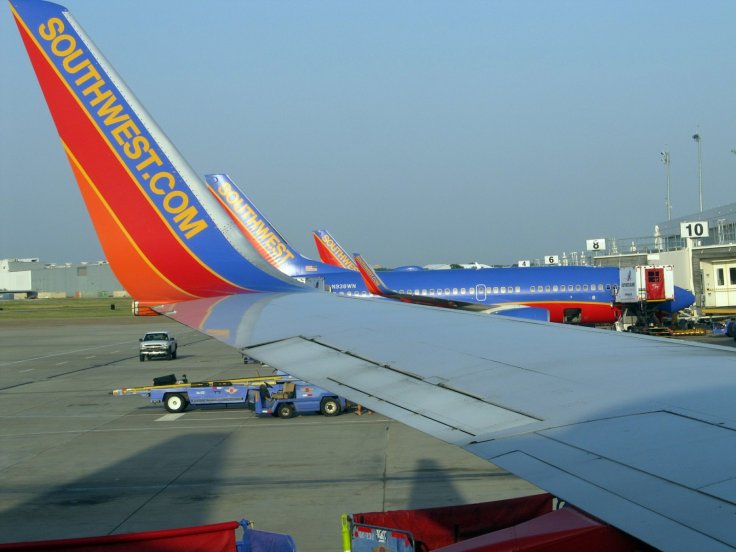Southwest Airlines said on Thursday it will cut 2,000 jobs and close operations at four airports after warning of increased costs and reduced revenue growth due to a decline in new aircraft deliveries from Boeing. The airline will no longer fly from Cozumel in Mexico, Syracuse, New York, Bellingham, Washington, and George Bush Intercontinental Airport in Houston.
The Dallas-based airline said that it will only receive 20 aircraft from Boeing this year, a significant decrease from the 46 estimated in March. This reduction comes as the troubled Boeing continues to grapple with a safety crisis triggered by a mid-air cabin panel blowout on an Alaska Air flight in early January.
Southwest in Crisis

Southwest Airlines issued a warning, expressing uncertainty about Boeing's ability to meet the latest delivery schedule. CEO Bob Jordan highlighted that the delivery delays would pose "significant challenges" for the carrier throughout this year and into the next.
This marks the third time that Southwest has revised its aircraft delivery estimates. Initially, the airline had planned to receive 85 Boeing jets this year.
Regulators have put a cap on the 737 MAX, but according to a Reuters report this month, Boeing is not even meeting that restricted level of production.
"The recent news from Boeing regarding further aircraft delivery delays presents significant challenges for both 2024 and 2025," Southwest CEO Bob Jordan said in the company's first-quarter financial results statement.

The company also said that it expects to end this year with 2,000 fewer employees compared to the beginning of the year.
The reduction in headcount is a component of a broader cost-cutting initiative aimed at offsetting recent losses. As part of this effort, Southwest will also be restricting its voluntary time-off programs.
Southwest, known for its all-Boeing fleet, has revised its projections, now expecting a 4 percent year-on-year increase in total seat capacity for 2024, compared to the earlier estimate of 6% growth.
The company acknowledged that reductions in schedules will not only lead to slower revenue growth compared to the previous year but will also result in higher operating costs than anticipated.

To counteract these challenges, Southwest is focusing on enhancing productivity and exercising control over discretionary spending.
In addition to terminating service at the four mentioned airports, Southwest will also reduce capacity in key markets such as Chicago and Atlanta.
Southwest Issues Weak Guidance
The company's shares plummeted 7 percent on Thursday after it reported dismal first-quarter 2024 earnings and provided weak guidance. Southwest reported an adjusted loss of 36 cents per share in the first quarter, slightly higher than the analysts' expectation of a loss of 34 cents, according to LSEG data.

Southwest Airlines pioneered the low-cost, no-frills model, described by its single economy class cabin and absence of assigned seating. While many other airlines have introduced fees for services like checked baggage, seat assignments, and premium seating upgrades, Southwest has largely maintained its one-size-fits-all approach, except for charging extra for early boarding.
CEO Bob Jordan indicated that the company is reconsidering these longstanding policies.
"We're looking into new initiatives, things like the way we seat and board our aircraft," Jordan told CNBC after the company's disappointing earnings report.
Southwest has also reduced the number of transcontinental flights, defined as those lasting longer than five hours, from 4.4 percent of its seats in 2017 to just 1.3%. The airline's average flight duration is two hours and 10 minutes, which is considerably shorter compared to JetBlue's three hours and 20 minutes and Alaska Airlines' three hours and 40 minutes, Jenks said.









